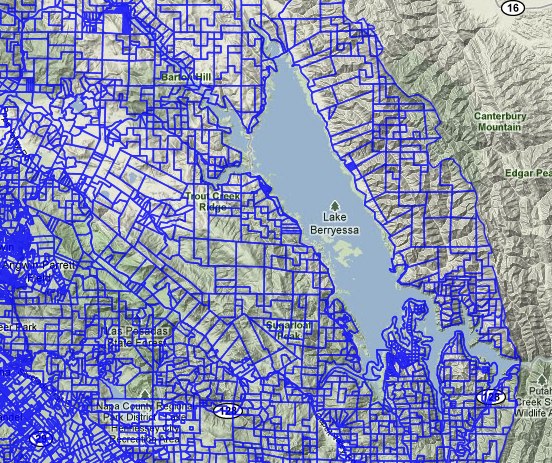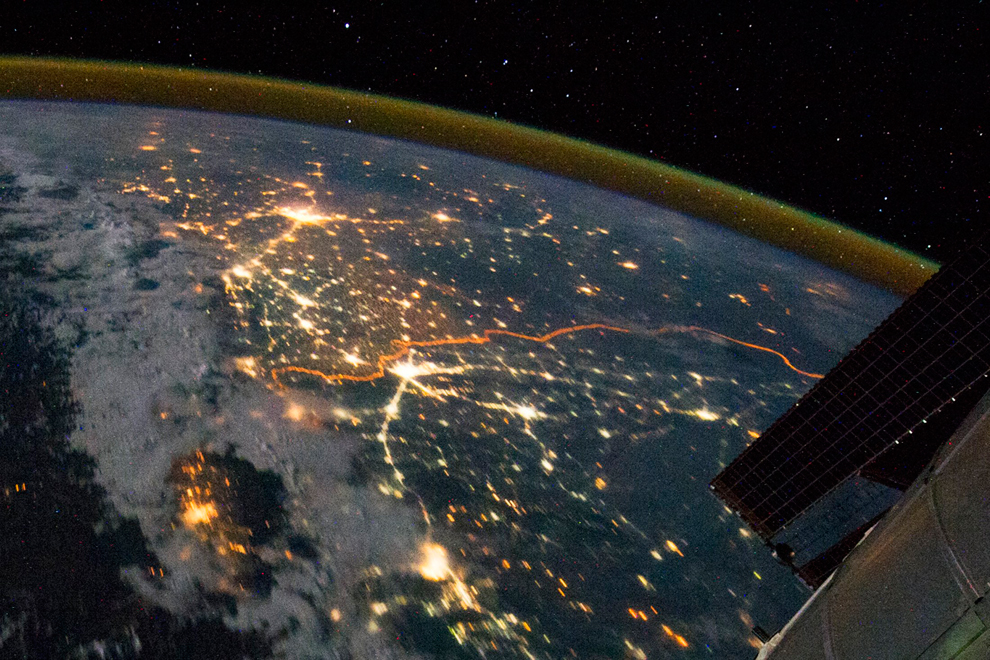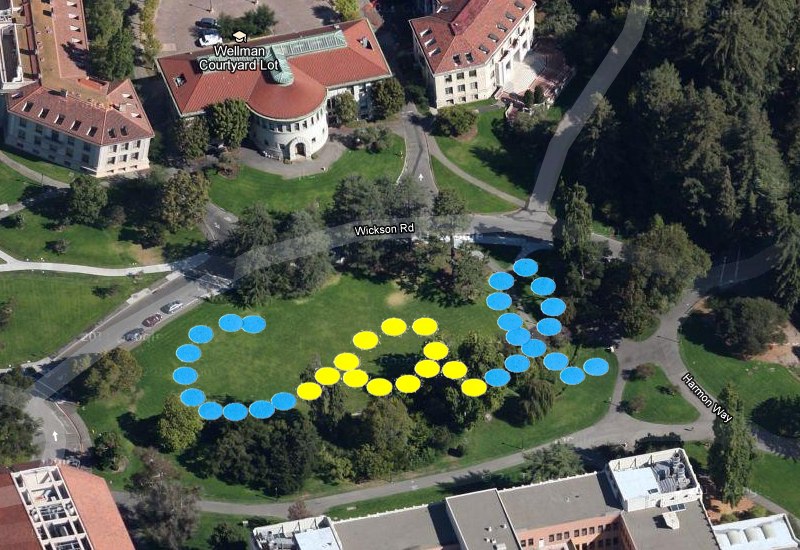forests to faucets: cool new tool from the forest service
/The US Forest Service has released their "forest to faucet" program last week. It looks at the importance of forests to surface water. Built in ArcGIS server, it quickly maps, by watershed:
- Surface Drinking Water Importance Index
- Index of Forest Importance to Surface Drinking Water
- Index of insect and disease threat to forests important to surface drinking water
- Index of development threat to forests important to surface drinking water
- Index of wildland fire threat to forests important to surface drinking water
Check it out: http://www.fs.fed.us/ecosystemservices/FS_Efforts/forests2faucets.shtml










